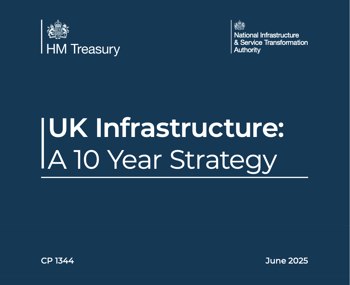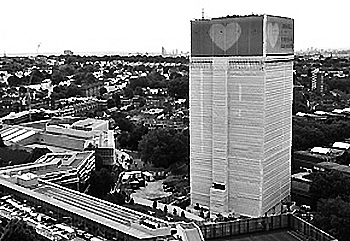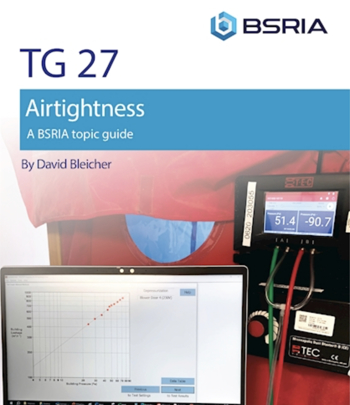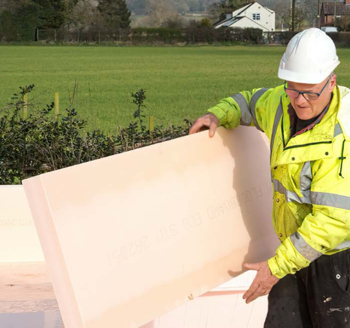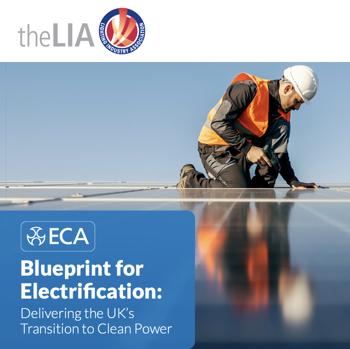Target cost for construction
Target costs are generally associated with cost-reimbursable contracts. They introduce a mechanism enabling the contractor, and sometimes the consultant team, to share in the benefits of cost savings, but also to bear some of the client's cost when there are cost overruns. Contracting the contractor and the consultant team on a target cost basis can be an effective way of ensuring good collaboration.
The target cost is set early in the project, and then cost savings or overruns are shared based on an agreed formula. The aim is to provide a financial incentive encouraging cost control, rather than to penalise. Bonus and penalty payments are usually capped to prevent over-zealous or adversarial behaviour.
Target costs might be set for the overall project, or for specific elements of the works. Agreeing the target cost requires that the client has sufficient knowledge and experience to be able to accurately estimate the likely cost of the works and to negotiate effectively with the contractor and sometimes the consultant team.
Examples of target cost contracts include the New Engineering Contract (NEC) Engineering and Construction Contracts Option C: Target contract with activity schedule and Option D: Target contract with bill of quantities.
NB: According to NRM2: Detailed measurement for building works, in the context of bills of quantities, the term ‘cost target' means; '...the total expenditure for an element or
work package.'
[edit] Related articles on Designing Buildings
- Bill of quantities.
- Construction contract.
- Contract condition.
- Contract sum.
- Cost overruns.
- Cost-reimbursable contract.
- Disallowed cost.
- Fast-track construction.
- Fixed price contract.
- Force account work.
- Guaranteed maximum price.
- Lump sum contract - pros and cons.
- New Engineering Contract.
- Open-book accounting.
- Procurement route.
- Target contract.
[edit] External references
Featured articles and news
The UK's Modern Industrial Strategy: A 10 year plan
Previous consultation criticism, current key elements and general support with some persisting reservations.
Building Safety Regulator reforms
New roles, new staff and a new fast track service pave the way for a single construction regulator.
Architectural Technologist CPDs and Communications
CIAT CPD… and how you can do it!
Cooling centres and cool spaces
Managing extreme heat in cities by directing the public to places for heat stress relief and water sources.
Winter gardens: A brief history and warm variations
Extending the season with glass in different forms and terms.
Restoring Great Yarmouth's Winter Gardens
Transforming one of the least sustainable constructions imaginable.
Construction Skills Mission Board launch sector drive
Newly formed government and industry collaboration set strategy for recruiting an additional 100,000 construction workers a year.
New Architects Code comes into effect in September 2025
ARB Architects Code of Conduct and Practice available with ongoing consultation regarding guidance.
Welsh Skills Body (Medr) launches ambitious plan
The new skills body brings together funding and regulation of tertiary education and research for the devolved nation.
Paul Gandy FCIOB announced as next CIOB President
Former Tilbury Douglas CEO takes helm.
UK Infrastructure: A 10 Year Strategy. In brief with reactions
With the National Infrastructure and Service Transformation Authority (NISTA).
Ebenezer Howard: inventor of the garden city. Book review.
The Grenfell Tower fire, eight years on
A time to pause and reflect as Dubai tower block fire reported just before anniversary.
Airtightness Topic Guide BSRIA TG 27/2025
Explaining the basics of airtightness, what it is, why it's important, when it's required and how it's carried out.
Construction contract awards hit lowest point of 2025
Plummeting for second consecutive month, intensifying concerns for housing and infrastructure goals.
Understanding Mental Health in the Built Environment 2025
Examining the state of mental health in construction, shedding light on levels of stress, anxiety and depression.
The benefits of engaging with insulation manufacturers
When considering ground floor constructions.
Lighting Industry endorses Blueprint for Electrification
The Lighting Industry Association fully supports the ECA Blueprint as a timely, urgent call to action.
















